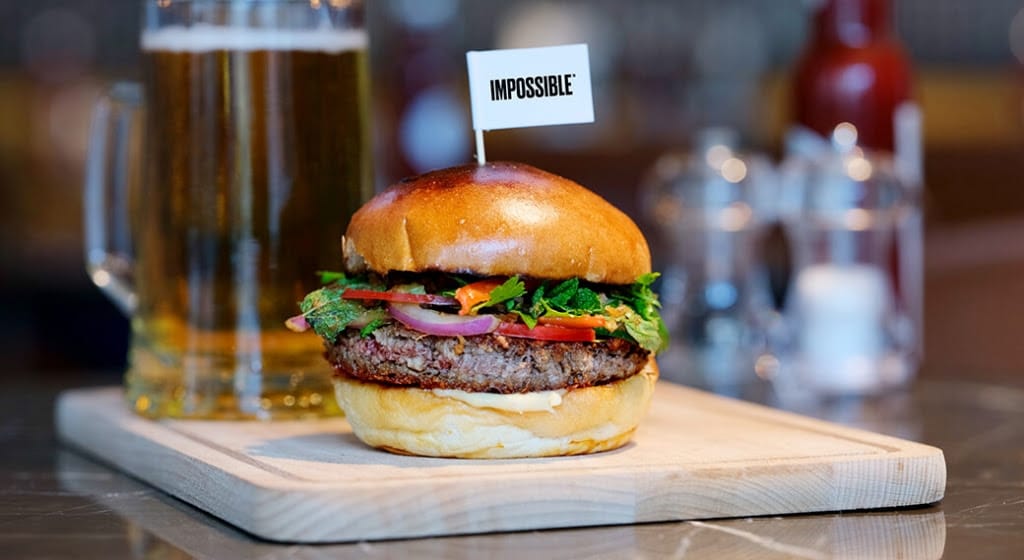
Pat Brown, geneticist, founder and CEO of Impossible Food, says that food technology will soon replace the use of animals.
In an interview with the Washington Post, he claims that the mission given to the company he founded to replace animals with food technology could be achieved by 2035. In particular, he cites the example of a burger produced by his company that consumes 96% less land, 87% less water and 89% less CO2.
However, simply taking the environment into account is not enough. In his view, to change eating habits, the product must also be loved by consumers. Food products are highly dependent on the way they are manufactured, especially for consumers who are not primarily interested in environmental protection, but rather in product quality, price and nutritional value.

Pat Brown
For a certain number of consumers, the sustainable development criterion remains a plus and will not, in his opinion, be the main choice criterion for trying out products derived from food technology. In the face of climate change, declining biodiversity and the extensive farming of animals for food, Pat Brown believes that the end of animal exploitation is a more important issue than the end of fossil fuels.
The process developed by Impossible Food is above all a question of science and biochemistry, and leads us to consider the concept of eating as a sensory experience that takes place first and foremost in the brain. It’s a question of knowing how to send positive signals to the brain that are associated with meat consumption, even if the food in question is not derived from an animal but from a plant.
The aim of Impossible Food is to make the experience of a vegetarian hamburger similar to that of a beef hamburger, particularly in terms of smell, sight and taste. This process raises questions about the concept of neuroscientific food and what makes a meat product meat.

As part of this research, food technology researchers have broken down a piece of beef, molecule by molecule, to find the one responsible for the meat’s flavor. The molecule in question is heme, an iron-based molecule found in all living things, in high concentrations in the blood of humans and some animals, and in much lower concentrations in plants.
Impossible Food assumes that it is heme that makes people love meat for what it is, with the pink color of the flesh and the brown color after cooking. To replace animal heme, Impossible Food will seek out the heme found in plants such as soy, called leghemoglobin, and use it in its vegetable steak preparation.

To this ingredient will be added wheat proteins to recall the meaty texture of beef, potato proteins for the crunchy exterior, and coconut leaves to recall the fat and make the steak sizzle. In the end, the product will look, feel and taste like a beef steak, a starting point for the brain to confuse meat steak with veggie steak.
While consumers already converted to veggie steaks might not see the appeal of this new steak, meat lovers might appreciate its characteristics and turn more readily to meatless steaks, thus helping to combat global warming or promote sustainable development by limiting the production of CO2 by the food industry.




